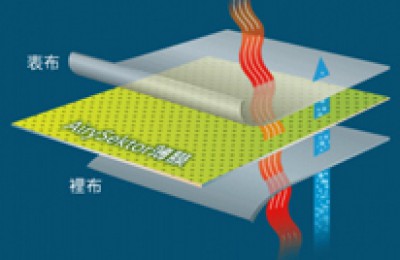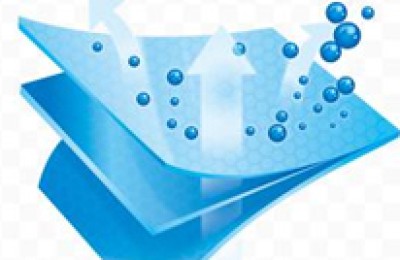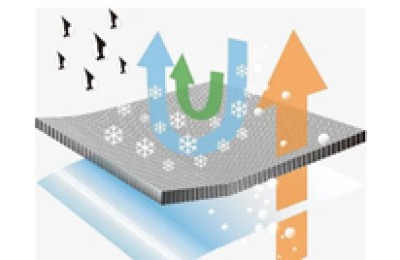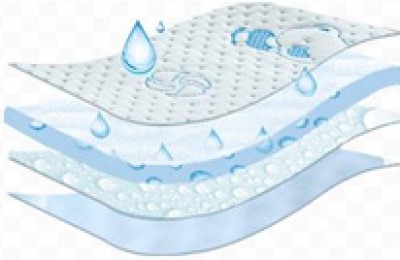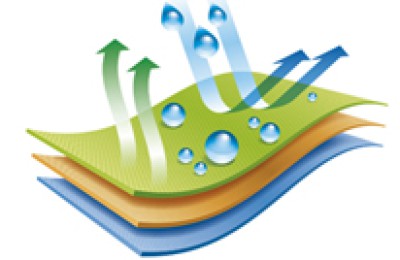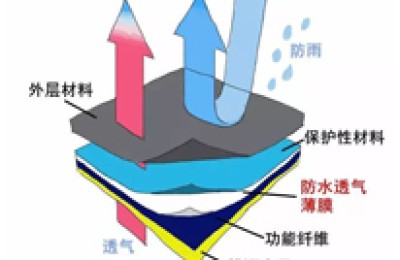News from the Zhejiang Provincial Inspection and Quarantine Bureau said that recently, the British mainstream media “The Guardian” announced that EU member states have recently passed anonymous voting to ban NPE (nonylphenol polyoxyethylene ether) in textiles. The ban is expected to be implemented in August. The ban sets a five-year transition period. After the expiration of the period, if the NPE content of textiles exceeds 0.01% (i.e. 100mg/kg), they will not be allowed to enter the EU market. After the news was reported, it attracted widespread attention around the world. As a major exporter of textiles and clothing, the impact of the ban on our country will also be highlighted.
Industrial uses are very wide and environmental hazards cause concern
NPE, called nonylphenol polyoxyethylene ether, is a commonly used surfactant component in detergents for industrial washing and cleaning products. It is widely used in the textile industry and will remain in textile fibers. NPE residues in clothing do not directly threaten human health, but NPE can enter the environment with washing. NPE can easily decompose into nonylphenol (NP) and other components in water. NP is a recognized environmental hormone that can simulate estrogen and interfere with the sexual development and endocrine of organisms, thereby affecting animal breeding. Even at very low concentrations, it is extremely harmful. Moreover, NP can continuously accumulate through the food chain, eventually causing problems such as precocious puberty and reduced reproductive quality in humans.
The international environmental organization “Greenpeace” conducted an investigation into the status of NPE residues in textiles in 2011 and released a public report naming names in August of that year, saying that two-thirds of clothing contains NPE, including many world-renowned brands. Thanks to the long-term efforts of all parties, the ban on NPE has attracted widespread attention, and many well-known clothing companies have also begun to formulate progress plans to eliminate harmful chemicals.
The ban referred to by the Guardian is actually the G/TBT/N/EU/280 issued by the EU to WTO member states through the World Trade Organization website on April 16 this year on the grounds of environmental protection. The draft revision of the REACH regulation referred to in the Notification No. According to the draft, the EU will fully implement the NPE ban on imported textiles, except for second-hand goods or recycled textiles that have been washed many times.
There is a consensus to ban NPE and control measures are frequently increased
In the context of the increasing global demand for “safety, hygiene, and environmental protection” in consumer products, repeated incidents such as the bisphenol A scandal and plasticizer incidents have sounded the alarm to the manufacturing industry, and various countries have begun to control NPE. Measures have also been stepped up frequently.
As early as July 2012, Germany proposed to include nonylphenol in the list of substances of very high concern under the REACH regulations. In December of the same year, nonylphenol appeared in the eighth batch of the list of substances of very high concern and was defined as a substance that may have serious environmental consequences. harm. According to the European Chemicals Agency, the latest ban passed by the European Union was proposed by Sweden in 2013 and was strongly supported by scientists from the European Chemicals Agency.
The U.S. Environmental Protection Agency (EPA) identified 8 NPE alternatives that met safety standards through an assessment plan in 2013, and in October 2014 listed 15 NPE chemical substances in the “Important New Use Rule”. This means that the import and production of these substances must undergo strict declaration procedures 90 days in advance, so that EPA can take effective NPE risk prevention and control measures. Taiwan, China also revised the standard CNS15290 in July 2014 to add content limit requirements for NPE and NP in products for children under 12 years old. In early 2011, NP and NPE were listed as prohibited import and export substances in China’s Catalog of Toxic Chemicals Strictly Restricted on Import and Export. However, due to industry development needs, it is difficult to completely eliminate NPE in the short term.
Social responsibility is hard to avoid, green manufacturing is the way out
Although a consensus has been reached on the hazards of NPE, the ban on NPE at this stage will still have a huge impact on the development of the textile industry. After the EU issued the ban announcement, some local companies protested to the EU authorities, expressing the use of NPE in the supply chain. Extensive and difficult to comply with. Objectively, the technical level of my country’s textile industry still lags behind that of the EU. Even if the new regulations provide a five-year transition period, my country’s export enterprises still have a long way to go. Suggested companies:
First, we must pay attention to the latest regulatory developments on safety, health and environmental protection in a timely manner. In recent years, developed countries such as the European Union and the United States have continuously strengthened their control over harmful chemical substances in consumer products. Companies should pay timely attention to the scientific research developments of institutions such as the European Chemicals Agency and the U.S. Environmental Protection Agency to seize opportunities.
The second is to strengthen the awareness of social responsibility. In the long run, eliminating harmful substances such as environmental hormones in consumer products is an unavoidable social responsibility of enterprises. Enterprises should increase investment in research and development of “green consumer products”, improve production processes, reduce harmful emissions, accelerate transformation and upgrading, and win social respect.
The third is to improve product testing and control. For hazardous substance residues that cannot be completely avoided due to technical and other factors, companies should strictly control testing to ensure that product quality meets the requirements of domestic and foreign regulations and standards, and to avoid economic losses caused by foreign notifications and returns.
Environmental hormones are so harmful that the EU plans to ban NPE in textiles
News from the Zhejiang Provincial Inspection and Quarantine Bureau said that recently, the British mainstream media “The Guardian” announced that EU member states have recently passed anonymous voti…
This article is from the Internet, does not represent Composite Fabric,bonded Fabric,Lamination Fabric position, reproduced please specify the source.https://www.yjtextile.com/archives/11106

